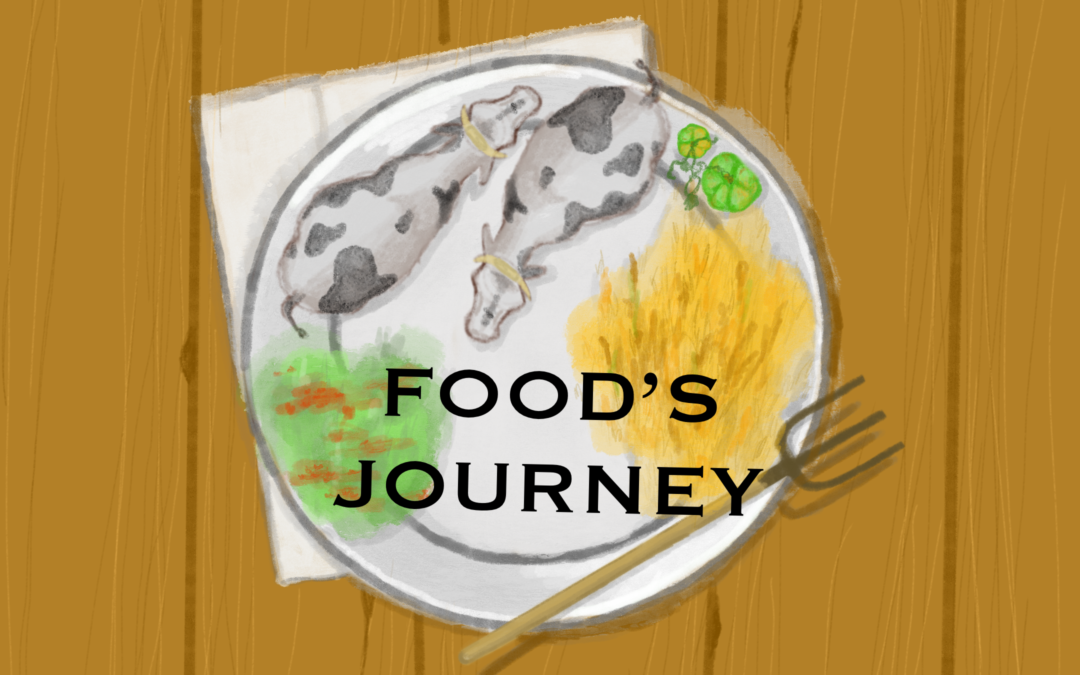Author: S.R van der Heide
Editor: Rayna Almas
Graphic Designer: Emily Sheng
Publisher: Jumana Ismail
Follow Your Food
Food is present in everything you do. You eat it every day; it sustains you- but how well do you know your food? Have you ever stopped to wonder where it comes from?
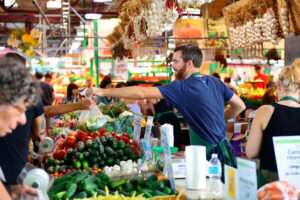
Generally, food follows a simple trajectory:
- Farm and Factory
- Processing and sorting
- Transportation
- Distribution
- Consuming
But what does any of that actually mean?
Farm and Factory

Farming is a complex art form, which contains a rich history. It has sustained our people for thousands of years, and we heavily depend on it.
The complexity stems from all the working parts in a farm- animals, crops, land/soil, machinery, weather, access to water, etc. Science has worked to help farmers maintain proper PH levels in soil and maintain clean water. There have also been incredible advancements in technology which have allowed for the organization of animals by age, pregnancy, and family tree with ease.
In the past, the goal of farming was to maximize production. Farmers wanted the most crops possible to keep their families alive and make as much profit as possible. However, modern consumption and distribution tactics have demanded that the product be top quality. This shift in priority has not stopped excessive production but has turned much of it into waste.
Some brands focus on the upcycling of unattractive produce through canning, pickling, or freezing. These practices help create less organic waste.
Processing and Sorting
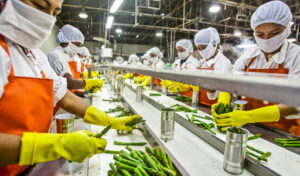
Processing and sorting are crucial to ensure that our food is uncontaminated. It is this step that allows ingredients to become foods. Examples include: milk becoming cheese or wheat becoming four. Sanitization practices are essential at this stage in the journey, as it ensures far less contamination.
Processing and sorting also weed out any foods that are not safe for consumption. Examples may include bacterial issues such as E. coli or simply that the food has spoiled. In the case that the food is safe but deemed attractive, the food could be recycled as animal feed or fertilization or used in jams.
Transportation
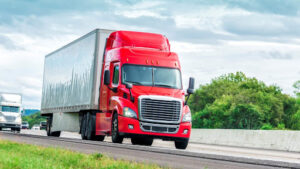
Transportation is perhaps the most complex phase of the food journey, as it requires immense coordination and can quickly go wrong. Specialized modes of transportation containing temperature-controlled shipping and well-timed rendez-vous are the backbone of transportation and can be very delicate.
A decent amount of food spoils during the transportation process. This waste is exacerbated by international trades and the demands of foods that are not locally sourced. While 82% of Canadians said they were able to identify local foods in their grocery store, and 80% said they included it in their meals, only 2% of food consumed in America is produced locally.
Distribution
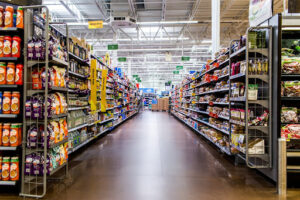
Distribution is the final stage before you, the consumer, have your food in your possession. Distributors such as chain stores or local markets will sell produce. While tons of food is purchased from your local Walmart and Food Basics, tons of food is also wasted as it sits on shelves, bumping around, uneaten, until it is deemed unusable and is thrown away.
Distribution can also occur at farmers’ markets, food banks or food trucks. There are many ways to distribute food to people! Variety is important so that the most people possible can receive the food necessary to survive
How Does This Affect You?
The food journey directly affects everyone in several ways. Perhaps the most obvious is the price of food. Local foods tend to be more expensive than transported foods due to the value of money in other countries.
While this means that food can be more affordable, it also means that we are not paying the actual value of the product or transportation.
A less obvious product of this journey is the environmental effect it has. The current chain of food supplies creates a large amount of food waste that is both bad for the environment and unfortunate given the amount of Canadians in need of food. Farming, processing, shipping, and selling create waste, not because it is harmful, but because it does not meet the beauty standards in modern food industries.
Aside from the food waste, shipping products will also form a lot of pollution not otherwise created by local farming.
The environmental impact is not one-sided, and instabilities caused by climate change end up damaging our supply chain. As temperatures rise and fall unexpectedly, farming becomes challenging to manage. New and extreme weather patterns make it dangerous and difficult to distribute to other countries. Because of this, food insecurity and scarcity are exacerbated.
For many Canadians, this will mean fewer options for food, but in more rural areas that depend on receiving food via transportation, this will mean less food altogether. Farming itself becomes a challenge amid climate change, as there is less access to seeds and fewer plots of land. This dilemma creates a shortage of local food and labour as there are fewer jobs in food production and farming.
Efficacy

While the current food system is fascinating and has many benefits, it remains inefficient and short-lived. Global trade is a good and necessary thing. However, the food chain is not stable and should be reexamined.
The journey of food as it is remains fragile. Harvard University uses the imagery of dominoes to explain the fragility of the food chain, stating that when one is removed, the entire process is destroyed. It is perhaps time to develop a journey that is more stable and can withstand some amount of disaster.
Summary
Food’s journey is exciting, starting at the farm and ending at your table. It is processed and turned into foods and ingredients. It is shipped and distributed locally and even globally.
While the journey is not perfect, it is still wonderful to learn about and become active in; whether you participate through employment, education, or even reformation.
The journey is a vital part of our lives, even if we do not realize it! That is why it is always good to learn and become involved.
Sources:
https://www.eufic.org/en/food-production/article/from-farm-to-fork-the-farm-beginning-the-food-chain
https://mindseteco.co/farm-to-table-process/
https://supplychainx.highjump.com/farm-to-table.html
https://www.un.org/en/academic-impact/worlds-food-supply-made-insecure-climate-change
https://hwpi.harvard.edu/files/chge/files/lesson_4_1.pdf
http://www.omafra.gov.on.ca/english/about/local_food_rpt17.htm

